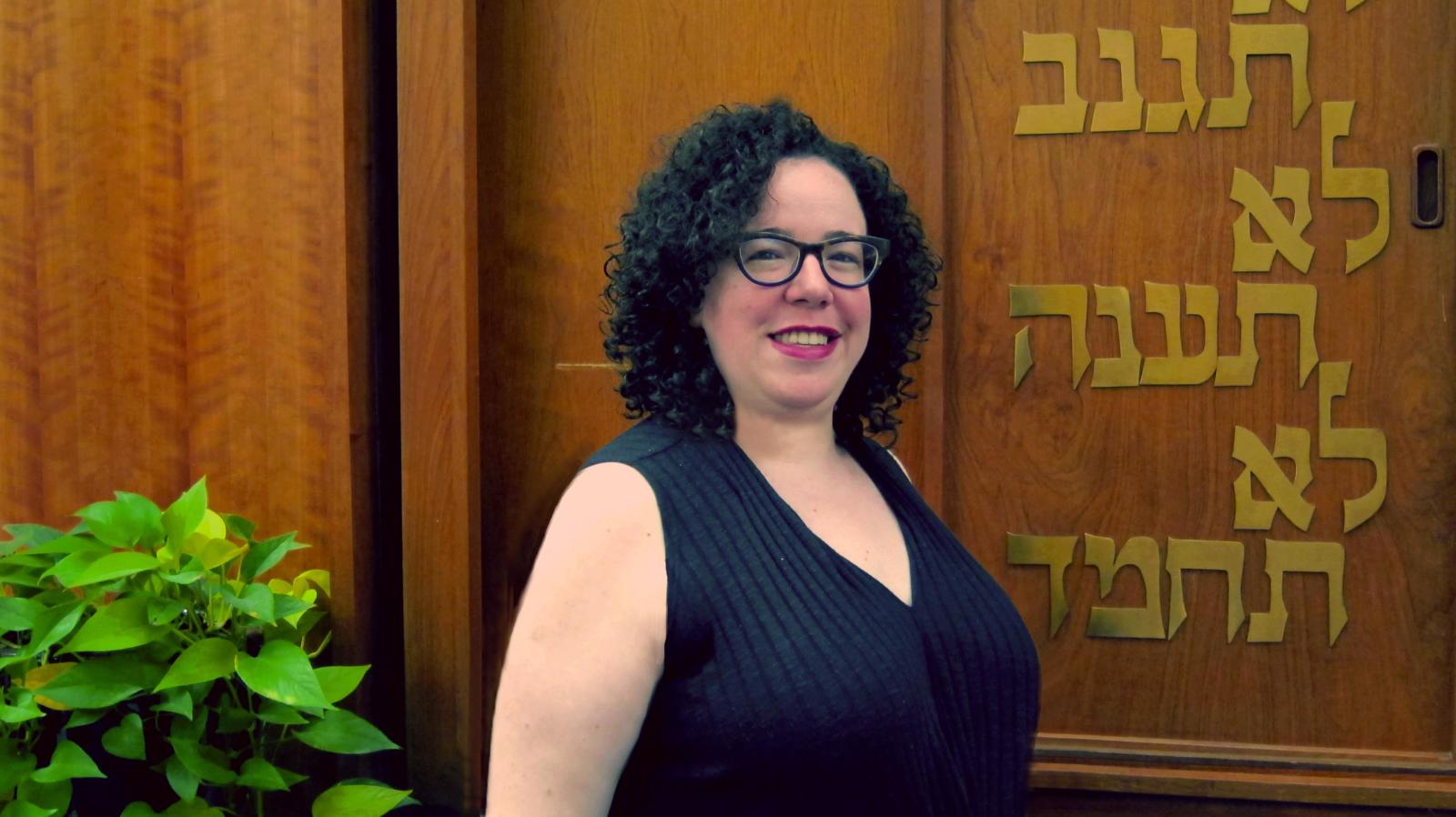Reviewed Work: Passing Interest: Racial Passing in US Novels, Memoirs, Television, and Film, 1990–2010 by Nerad, Julie CaryPosted in Articles, Book/Video Reviews, Media Archive, Passing, United States on 2019-05-27 22:02Z by Steven |
CLA Journal
Volume 61, Number 3 (March 2018)
pages 250-253
DOI: 10.34042/claj.61.3.0250
Sharon L. Jones, Professor of English
Wright State University, Dayton, Ohio
Nerad, Julie Cary. Passing Interest: Racial Passing in Novels, Memoirs, Television, and Film, 1990-2010. Albany: SUNY Press, 2014. 360pp. ISBN: 9781438452272. $95.00. Hardcover.
Passing Interest. Racial Passing in US Novels, Memoirs, Television, and Film, 1990-2010 provides relevant, meaningful information because of its scope and range. Julie Cary Nerad, the editor and the other contributors, should be praised for the book, which features innovative contributions offering new and useful analysis of literature and film from varying critical perspectives. Overall, it serves an important purpose in advancing knowledge, discussion, and debates about different genres and centuries. Ultimately, Passing Interest: Racial Passing in US Novels, Memoirs, Television, and Film, 1990-2010 promotes a reconsideration of how numerous factors influence literature and popular culture.
In “Preface: The ‘Posts’ of Passing,” Gayle Wald assesses the book in an enlightening and thoughtful manner by drawing upon personal and academic contexts (vii-x). Wald states, “In particular, this book expands upon a rich body of scholarship on passing by exploring recent literary and visual texts produced in an era often referred to as ‘post-racial,’ and by bringing a host of new voices to the scholarly con-versation” (vii). Wald astutely acknowledges the scholarly writings of other authors, and some examples include the following: Barbara Christian, Houston Baker, Valerie Smith, Henry Louis Gates, Jr., as well as Werner Sollors (viii). Wald also stresses, “In some ways, the essays in Passing Interest are about the conditions of the possibility of post-ness itself “ (ix). Wald’s approach demonstrates the book’s relevant position in helping potential readers to better understand contemporary and earlier times.
As both editor and contributor, Julie Cary Nerad highlights her careful and meticulous approach to analyzing the book’s topic. In “Introduction: the (Not So) New Face of America,’’ (chapter one) Nerad argues that “ln the United States, race does still matter. Indeed, the concept of race continues to be a fundamental element of identity in America” (5). Nerad identifies several books that are noteworthy including Crossing the Line: Racial Passing in Twentieth-Century U.S. Literature and Culture, Passing and the Fictions of Identity, Passing: Identity and Interpretation in Sexuality, Race, and Religion, as well as acknowledging additional scholarship (12). Nerad contends “These works generally read passing texts from early American literature up to the Civil Rights Era” (12). Nerad’s introductory essay then lays a foundation for the idea that Passing Interest: Racial Passing in US Novels, Memoirs, Television, and Film, 1990-2010 proves distinct from many other books because of its emphasis on analyzing more recent publications (12).
The subsequent chapters offer useful insight or perspectives. For example, the second and third chapters concentrate on nonfiction and present illuminating commentary. In “On the Margins of a Movement: Passing in Three Contemporary…
Read or purchase the article here.




